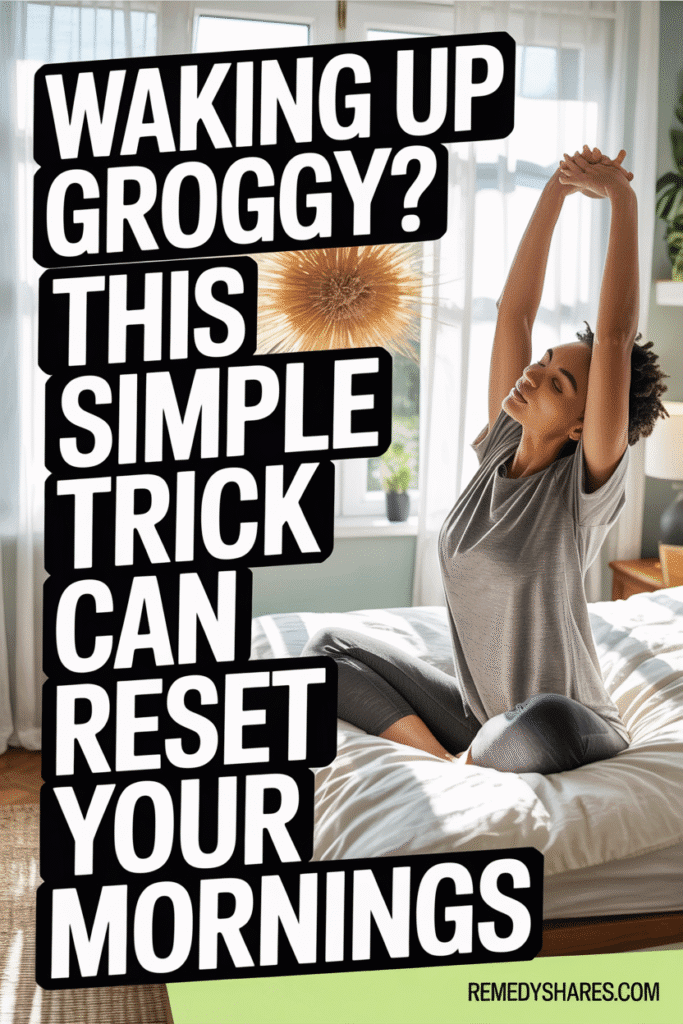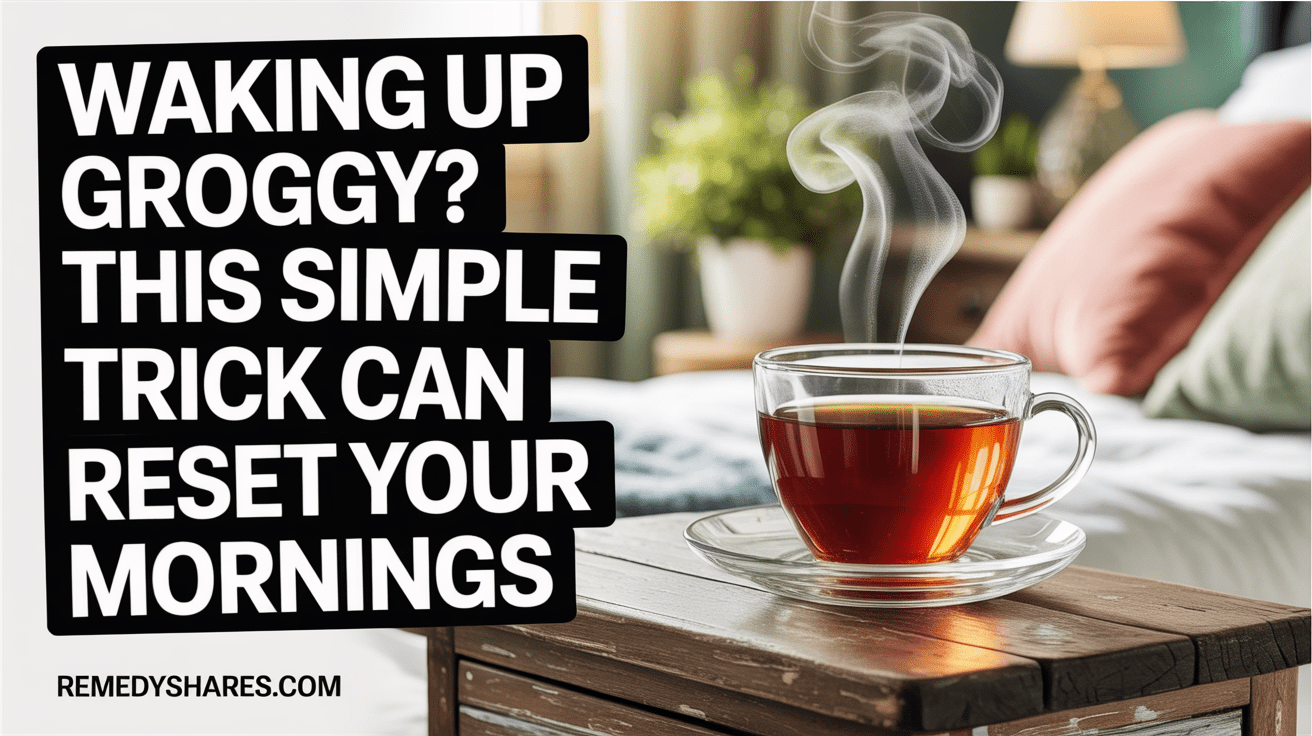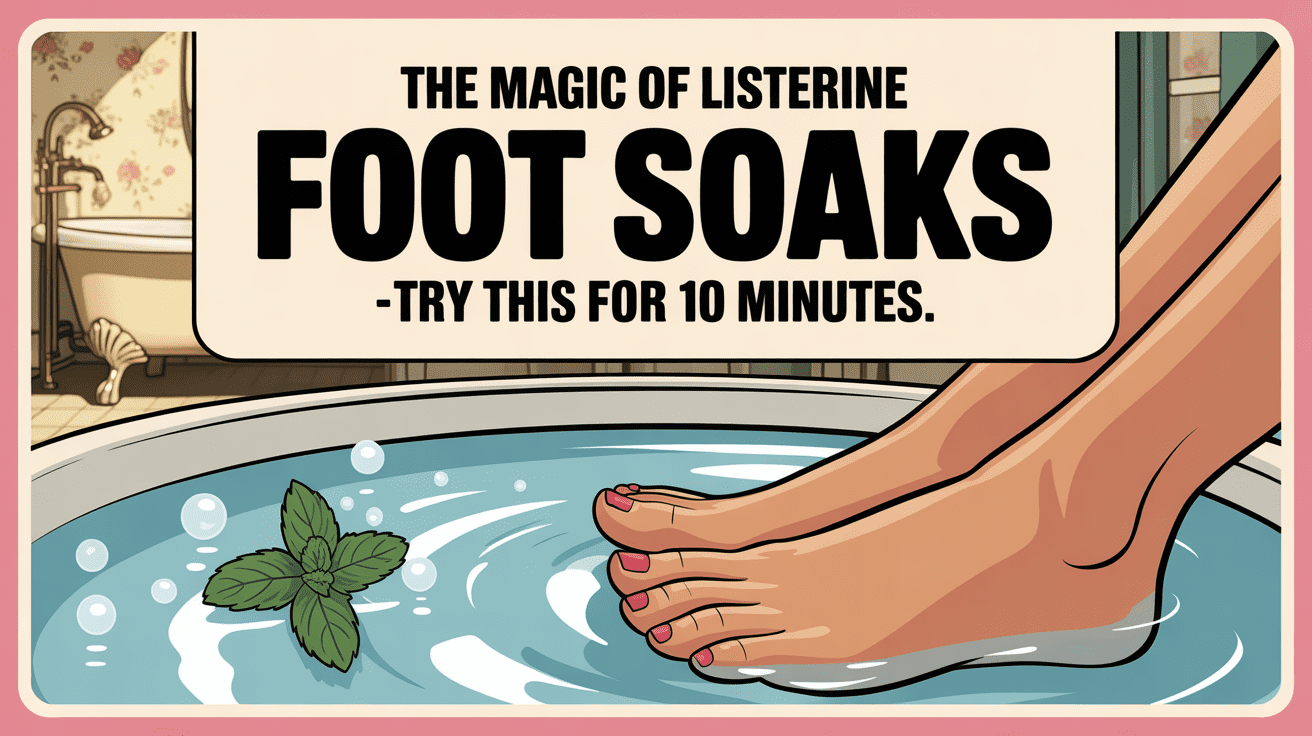Are you tired of hitting the snooze button only to feel just as exhausted when you finally drag yourself out of bed? Waking up feeling groggy is incredibly common, and it can truly mess with your day before it even starts. But what if there was a simple way to change that?
It turns out, your body’s natural sleep-wake cycle might just need a little help to reset. And activating your body’s natural relaxation response could be the key to unlocking truly refreshing sleep.
Why You Feel So Tired When You Wake Up
Feeling groggy right after waking isn’t a personal failing; it’s actually rooted in complex biology. Scientists call this feeling “sleep inertia,” and it’s a natural state everyone experiences as they transition from sleeping to being awake.
During this transition, the part of your brain responsible for things like decision-making and self-control isn’t fully online yet. You might notice this grogginess sticking around for 15 minutes up to an hour. Why? Your body is still producing melatonin, the sleep hormone, while gradually increasing cortisol, the hormone that helps you wake up. Plus, your core body temperature is at its lowest point of the day, which adds to that sluggish feeling millions experience every morning.
Discovering the 4-7-8 Breathing Pattern
To push back against that morning fatigue and really boost your sleep quality overall, there’s a natural technique backed by science you should know about. It’s called the 4-7-8 breathing method, and it’s surprisingly simple.
Here’s how you do it: you’ll gently inhale through your nose for a count of four seconds. Then, you hold your breath for a count of seven seconds. Finally, you exhale completely through your mouth for a count of eight seconds. This powerful breathing pattern actually activates your parasympathetic nervous system. Think of this system as the opposite of your stress response; it helps you shift from a tense “fight-or-flight” state into a calm “rest-and-digest” mode.
Real Benefits You Can Expect
When you practice this method before bed, you’re tapping into powerful calming effects. You’ll find your heart rate naturally slows down, feelings of anxiety start to diminish, and your mind becomes quieter. It’s like having a built-in off-switch for those racing thoughts.
Start with just four cycles each night. Many people notice better sleep quality within a week.
How Quality Sleep Transforms Your Life
Consistently getting good sleep allows your body to do some amazing healing and rejuvenation work. You’ll see both immediate and long-term benefits that truly make a difference in your daily life and overall well-being.
Here are some key benefits:
- Enhanced immune system
- Improved memory
- Better weight management
- Sharper focus
- Reduced inflammation
- Balanced mood
- Increased energy levels
- Better decision-making
- Faster muscle recovery
- Reduced stress
While you sleep, your brain processes information from the day, cementing important memories and clearing out toxins. You’ll likely feel more emotionally resilient and better prepared to handle challenges. Prioritizing rest isn’t just a luxury; it’s absolutely essential for living your best life.
Adding the Technique to Your Nighttime Routine
Building new habits takes a little time and consistency, so plan to gradually weave this technique into what you already do before bed. Pick a specific time each night for your breathing practice, ideally about 30 minutes before you want to fall asleep. Find a quiet, comfortable spot in your bedroom where you won’t be interrupted.
Begin with just 5 minutes of this focused breathing and slowly add more time as you become comfortable. You can also try placing one hand on your chest and the other on your belly as you inhale and exhale. Some people find it helpful to pair this breathing with gentle stretching or meditation to create a full wind-down ritual. Note: The source briefly mentions a 4-2-6 pattern here, but the core technique described elsewhere is 4-7-8. Stick to the 4-7-8 for the main practice.
Watch Out for These Common Pitfalls
While this technique is simple, it’s easy to make mistakes that can get in the way of its effectiveness. Avoiding these pitfalls will help you get the most out of your new sleep routine.
Here are some things to avoid:
- Rushing through the technique instead of taking the full, recommended time
- Keeping distracting devices like your phone too close by
- Tensing your muscles instead of letting them fully relax
- Trying the technique in a brightly lit room or with background noise
- Getting frustrated if you don’t fall asleep instantly
Boost Your Results with Additional Tips
While breathing is a great foundation, combining it with other sleep-friendly habits can really amplify your results. These extra practices are easy to fit into your evening.
Here are a few ideas:
- Dim the lights about an hour before bed. This helps signal your body to start producing melatonin.
- Keep your bedroom cool, ideally between 65-68°F. A cooler environment promotes deeper sleep cycles.
- Consider using white noise to mask disruptive sounds.
- Avoid screens in the hour before sleep.
- Add calming essential oils like lavender to your routine.
- Make sure your bedroom is clutter-free.
- Invest in breathable bedding that helps regulate temperature.
These small adjustments work together to create a peaceful space for rest.
Quick Answers to Common Questions
Got questions? You’re not alone. Here are answers to some things people often ask:
- Can I Practice the 4-7-8 Breathing Method While Lying on My Side? You can, but lying on your back is often better because it allows your diaphragm to move more freely.
- Will This Technique Still Work if I Have Sleep Apnea? Breathing exercises can be relaxing, but if you have sleep apnea, you absolutely need to talk to your doctor about this technique first. Sleep apnea requires specific medical care.
- How Long Does It Typically Take to See Results From This Method? You’ll likely notice improvements within 1-2 weeks if you practice consistently. Some people see better sleep quality after just a few nights, but regular commitment is key for lasting results.
- Should I Stop Taking My Sleep Medication When Starting This Technique? No, do not stop any prescribed medication without talking to your doctor first. Discuss how to safely incorporate this technique with your current treatment plan.
- Can Children Safely Practice the 4-7-8 Breathing Method? Yes, it’s safe to teach this method to kids to help them relax. Just remind them not to force it and to start slowly, building up gradually.
Ready to make healthy choices and improve your sleep? Give this a try and see the difference it can make! Stay well, stay active, and keep smiling! ❤️










